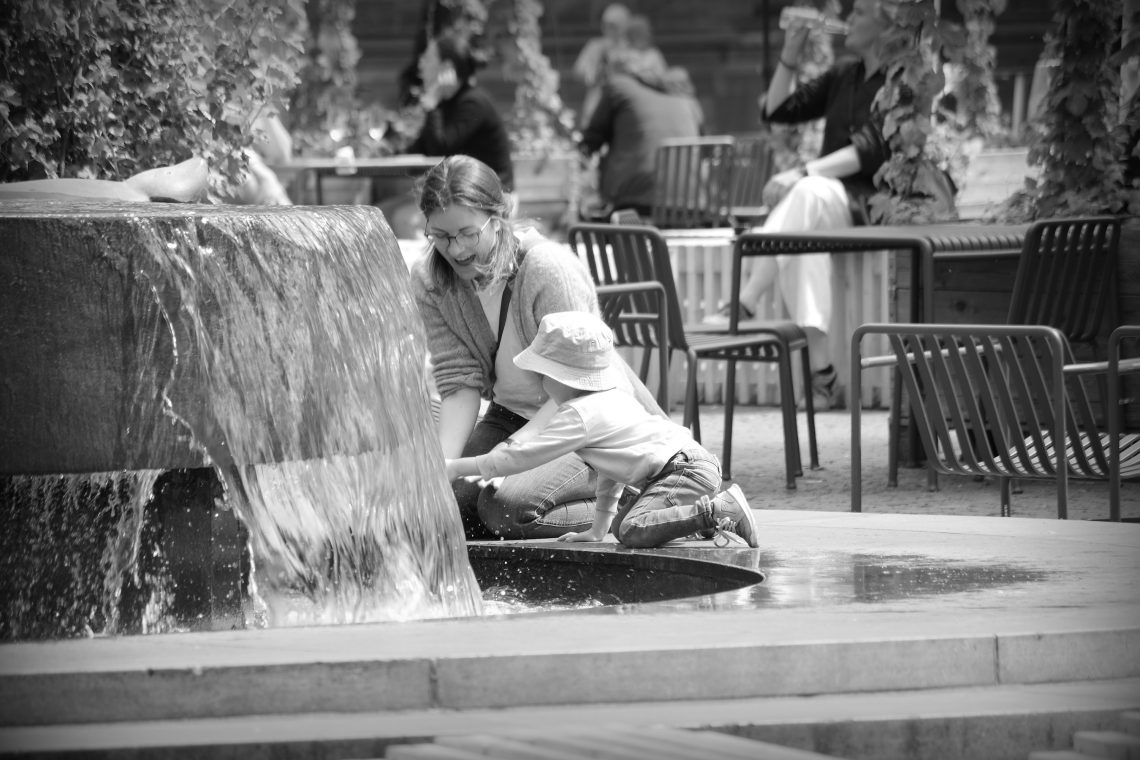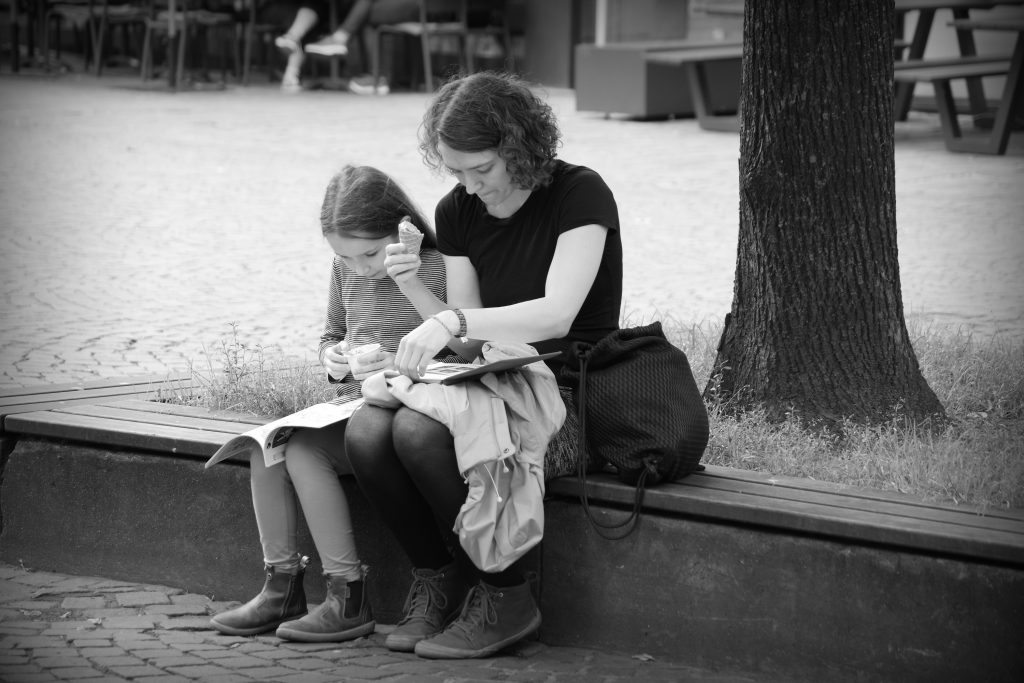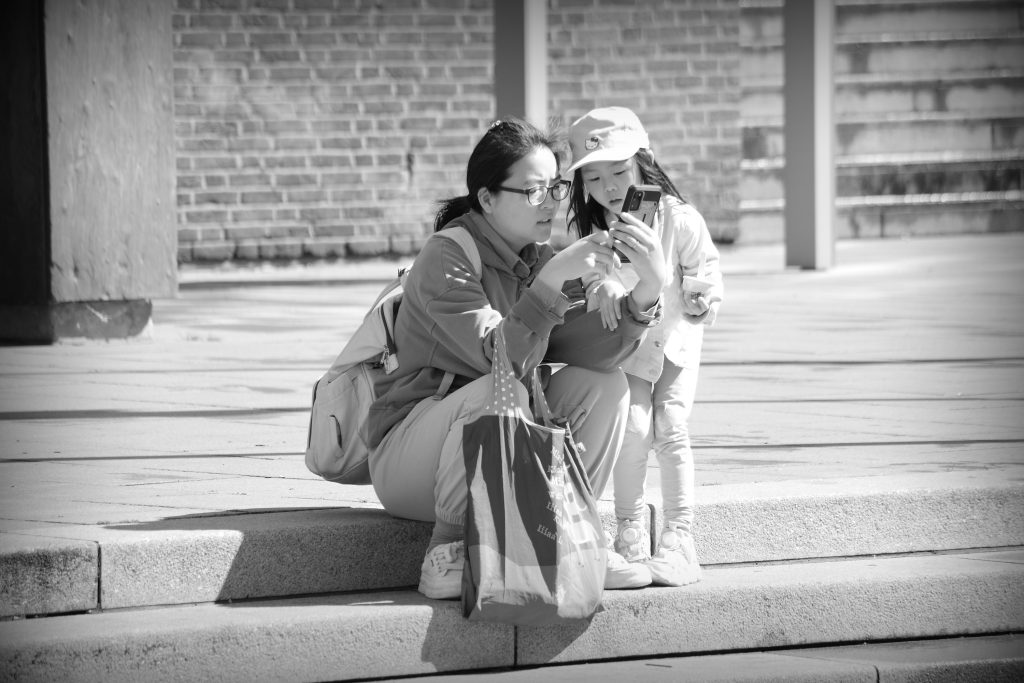
A Family That Plays Together….
The streets are filled with every conceivable emotion, from joy to sadness, from life to death. You simply have to now where to look or, as with so many things, and certainly with street photography, you have to be at the right place, at the right time. And you need to have a certain eye for what you see. It’s no use just turning to all four points of the compass and clicking the shutter – although that is far easier now than when I first began using a camera – you need to be able to see beyond the visible. Not that any of us are mind-readers, but we see stories in every single blink of the eye, we see happiness and sadness, togetherness and loneliness. And how many of us recognise what we see for what it is?

In my schooldays, and that was many, many years ago, we were often set the task of writing what we felt, saw, imagined when confronted by something tangible or visible. One of my first writing tests was based on a model ship the English department had set up in one corner of the classroom. In another we were sat down and allowed to listen to music from Pink Floyd, paper on the the desks, pen in hand, we wrote the story of that instrumental, the story of what we imagined. An author is no different: a myriad of different images can be created in the mind’s eye, the secret to success is getting those images translated into words on paper, and bringing the seen into the mind of the unseeing.

But the mind of the street photographer is different. In the blink of an eye, the snap of a shutter, a story is captured, and then left. The next story awaits, the next image, the next moment in life. We need to try and capture them all. One of my favourite photographs was taken probably in about 1880 to 1890 by the Berlin photographer Max Ziesler, and it is a masterclass in luck and opportunity. The scene is the parade ground of an army barracks, grey buildings surrounding the square, spectators are crowded into each of the many windows on four stories. To the extreme left servants and maids, their white pinafores and short aprons neat and tidy. Next to them a band has gathered, their instruments at the ready; this must be an important parade.
The main interest of this military scene is the parade itself. Three officers stand before the gathered rows of soldiers, each bearing a sword, the dark uniform with embellishments of their rank, a helmet adorned with a spike. The soldiers are not what we imagine an armed force to be today: I see mainly older men in the ranks, some bearded, many with uniformed breasts gleaming with medals. They are at ease, their swords held casually, the tips resting on the ground, watching events in front of them, the spectacle between the three officers and their own ranks. One officer is leaning forward, addressing, perhaps giving an order to a crow which, oblivious to the splendour around it, marches solemnly across the ground as if inspecting the guard. What would I have given to capture that one image.

